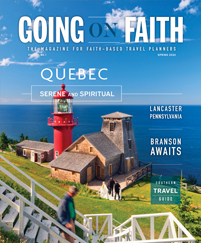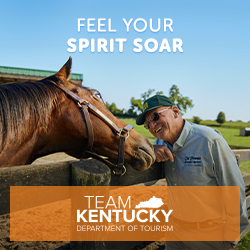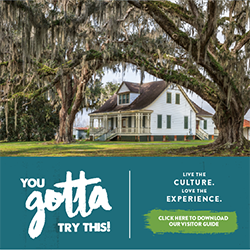Bear Country USA
Rapid City, South Dakota
“My husband was a dentist — and an entrepreneur,” said Pauline Casey. That man, Dennis Casey, became her business partner, too, when the pair founded Bear Country USA in 1972 with a little more than a dozen animals and 200 acres of privately held land situated at the gateway to Mount Rushmore in South Dakota.
The location, along with the Caseys’ passion and hard work, quickly made the business profitable, with many tourists stopping on their way to the famous monument to marvel at the Casey’s menagerie of wildlife. Dennis Casey passed away in 2000, but his wife, son and other members of the family have carried on his legacy and still work at the park today.
Over the years, the Caseys’ animals reproduced, and the family acquired numerous creatures from zoos, bringing the grand total of animals now living at the reserve well into the hundreds. The collection includes black bears, mountain lions, wolves, deer, elk and other species indigenous to North America. Many of the animals roam freely throughout the vast enclosure of the park, cohabitating with one another. The more carnivorous ones, such as the mountain lion, have large, separate enclosures where guests can view them safely.
“We receive about 300 motorcoaches every summer,” said Casey. “When groups come, we provide them with a step-on tour guide who will drive with them through the park, pointing out animals and talking about the park. They are usually college students, and they are very popular.”
What else is popular at Bear Country USA? At the area of the park known as Babyland, there are almost always baby bear cubs being raised. During February of every year at what is known as Cubfest, guests can also touch the bear cubs while they are held by staff members.
The park is open from May through Thanksgiving.
Deerwood Ranch
Laramie, Wyoming
It’s fairly easy to understand why rare animals such as pandas or rhinos need protecting. But horses? When it comes to wild horses, also known as mustangs, the answer is resoundingly yes — they do.
“There is incredible hostility toward the wild horses of the U.S. from cattle ranchers who lose large parts of their grazing land to them,” said Jana Wilson, co-operator of the Deerwood Ranch Wild Horse EcoSanctuary.
The parcel of 3,500 acres that makes up Deerwood was once used exclusively for cattle ranching by both Wilson and her husband, Rich, until one day they saw an ad in the paper placed by the Bureau of Land Management. The department was seeking a place to shelter mustangs being displaced by ranchers. The Wilsons answered the ad, and two years later, after navigating lots of government red tape, the eco-sanctuary was born.
Today, more than 300 wild horses roam the Wilsons’ lands, protected by federal sanctions. The Wilsons offer private tours, group tours and public tours of the herds; on the tours, the horse lover and nature lover alike can experience both in one breathtaking visit. “We call them horse safaris,” said Wilson. “We absolutely love tours.”
All of the horses are geldings, and though occasionally, some are adopted by qualified handlers, most are too wild to ever be ridden or tamed. Wilson said the creatures have personalities that vary widely; some of the horses approach vehicles and people with ease, and others tend to shy away. No matter what, guests are guaranteed to have an unforgettable encounter with these creatures.
www.deerwoodranchwildhorseecosanctuary.com
Billie Swamp Safari
Clewiston, Florida
Located in the heart of Florida’s swampland, the Billie Swamp Safari offers much more to adventurers than just a look at the state’s famous alligators. Groups that visit will see plenty of those, but the park is also home to zebras, water buffalo, wolves and even capybaras, a giant member of the rodent family from South America. The climate is perfect for a host of wildlife, as well as tourists.
“We are only closed on Christmas,” said Melissa Sherman, promotional coordinator for the Billie Swamp Safari. In case the promise of sunshine and beautiful creatures isn’t convincing enough, Sherman said admission to the park is free.
“There are some extras, such as the shows and petting zoo that have a small admission price, but most features of the park are free to see,” said Sherman.
At the petting zoo, guests can see pygmy goats, deer, cows, horses and more. Sherman mentioned the small-critter show and the snake show; contact the park for seasonal dates and times. She also mentioned another great way to see the swamp.
“Definitely our swamp buggy tour,” said Sherman. On these tours for up to about 25 people, guests of the park are taken on a canopy-top all-terrain vehicle through the surrounding everglades. Gator sightings are common, of course, with some lucky adventurers even seeing black bears or a famous Florida black panther.
Groups can dine at the park at the Swamp Water Café, and if they require overnight accommodations, there’s no better way to be immersed in the Seminole landscape than to stay in one of the park’s native-style chickees. These small, thatched-roof buildings are perfect for groups; the largest sleeps 14 people.
www.billieswamp.com









